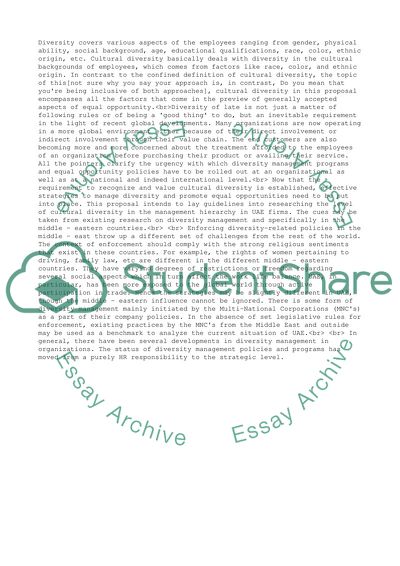Cite this document
(Cultural Diversity in the Management Hierarchy Research Proposal, n.d.)
Cultural Diversity in the Management Hierarchy Research Proposal. Retrieved from https://studentshare.org/management/1515547-cultural-diversity-in-the-management-hierachy
Cultural Diversity in the Management Hierarchy Research Proposal. Retrieved from https://studentshare.org/management/1515547-cultural-diversity-in-the-management-hierachy
(Cultural Diversity in the Management Hierarchy Research Proposal)
Cultural Diversity in the Management Hierarchy Research Proposal. https://studentshare.org/management/1515547-cultural-diversity-in-the-management-hierachy.
Cultural Diversity in the Management Hierarchy Research Proposal. https://studentshare.org/management/1515547-cultural-diversity-in-the-management-hierachy.
“Cultural Diversity in the Management Hierarchy Research Proposal”, n.d. https://studentshare.org/management/1515547-cultural-diversity-in-the-management-hierachy.


